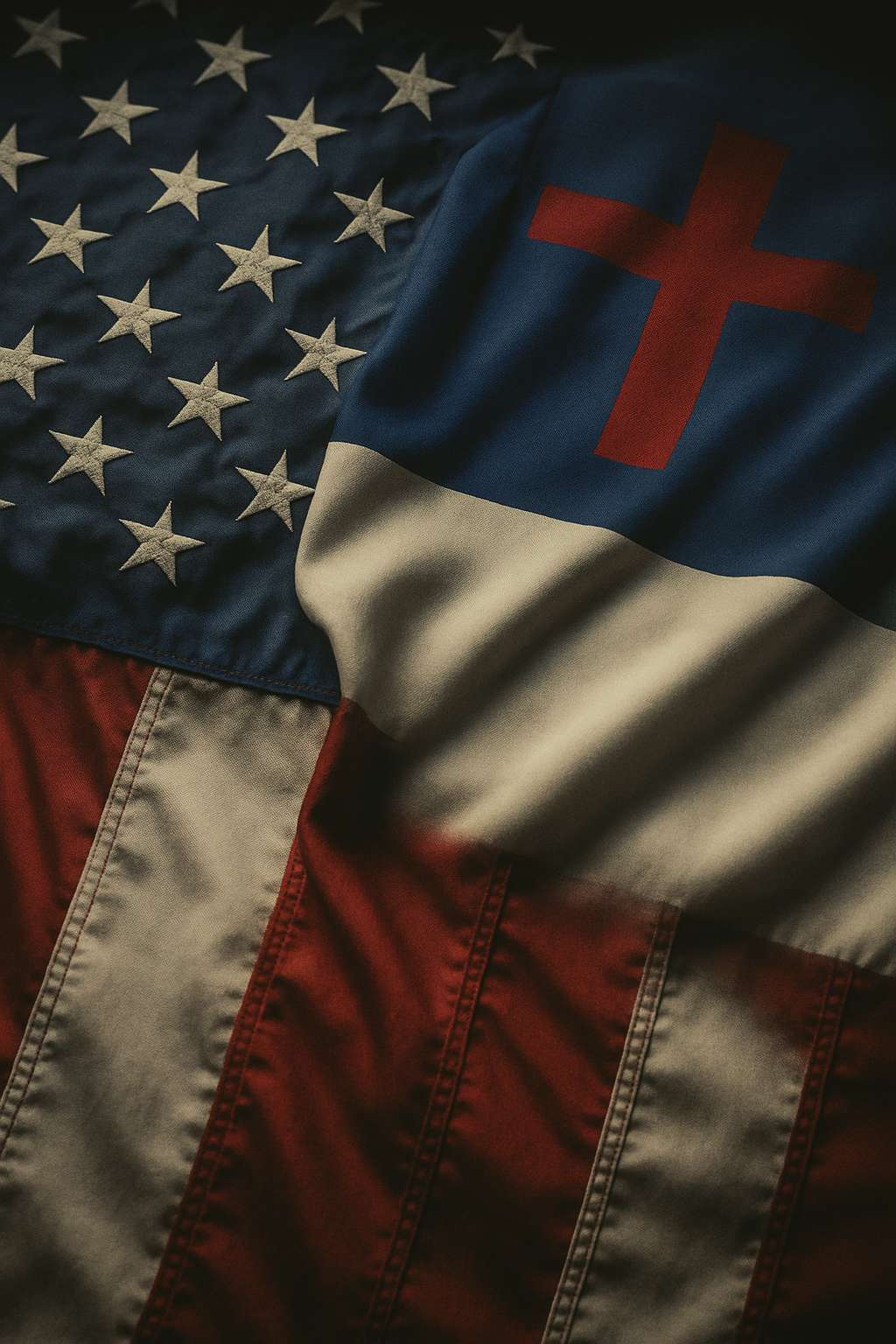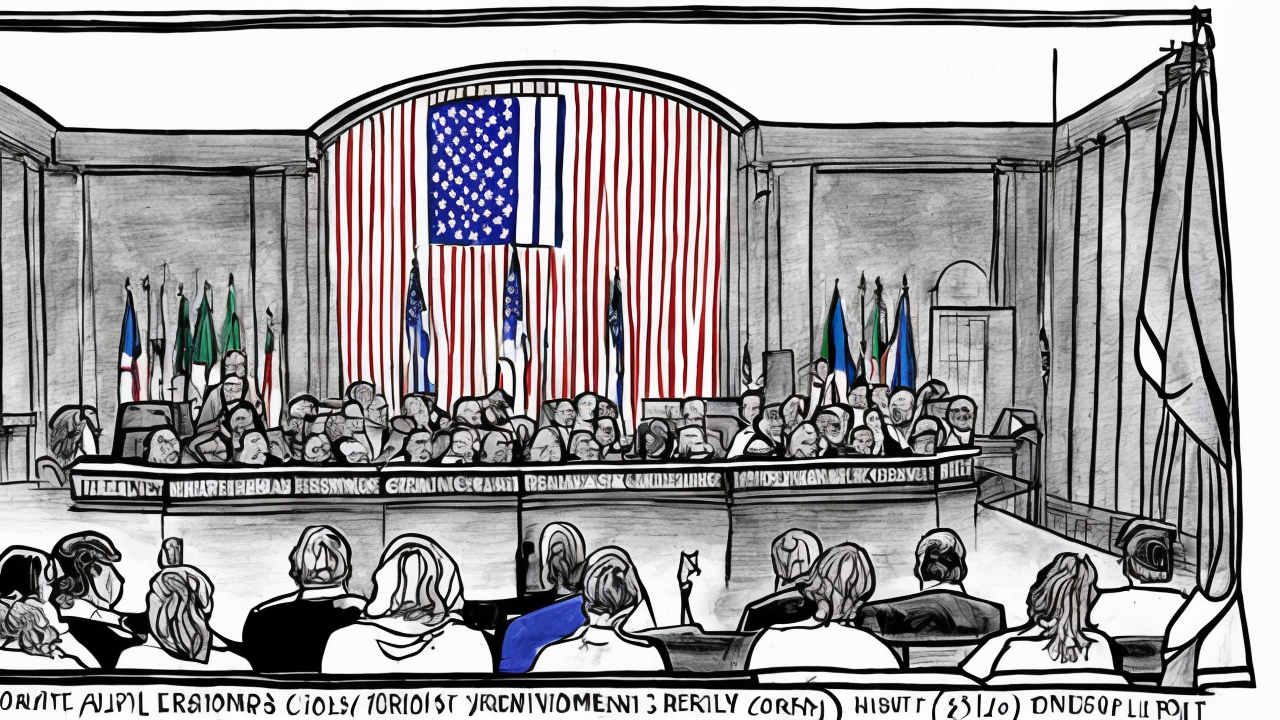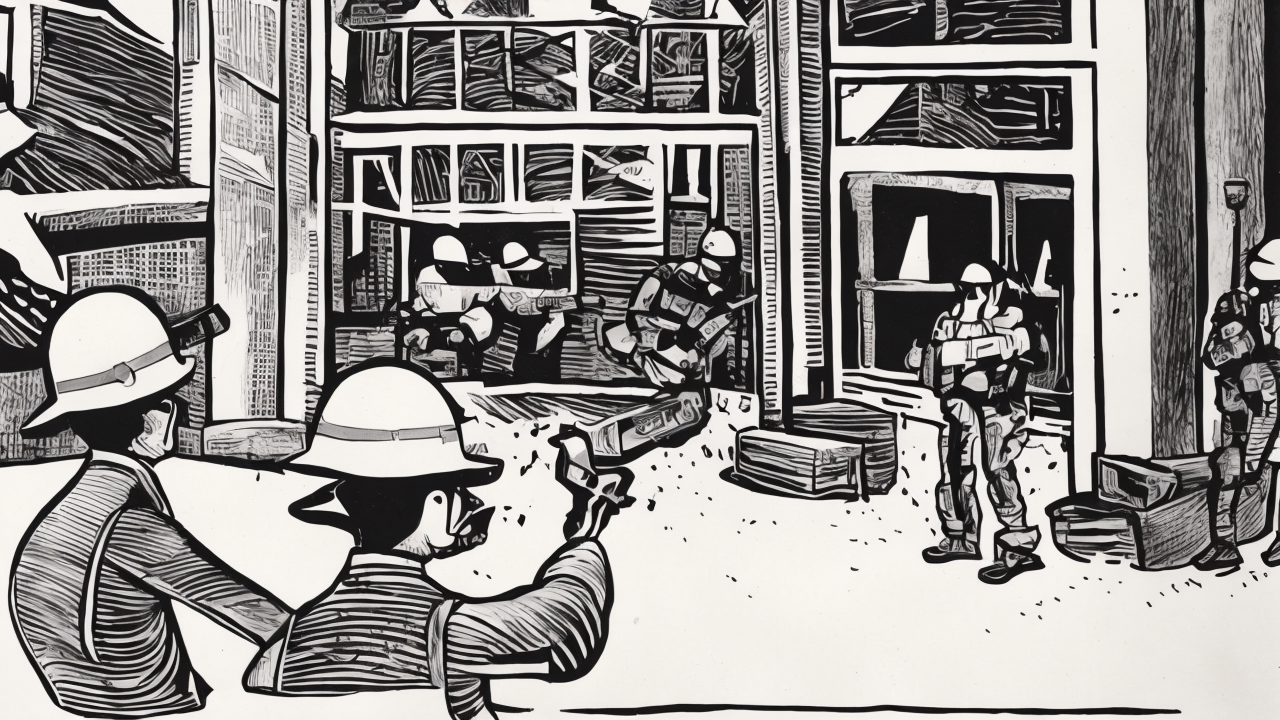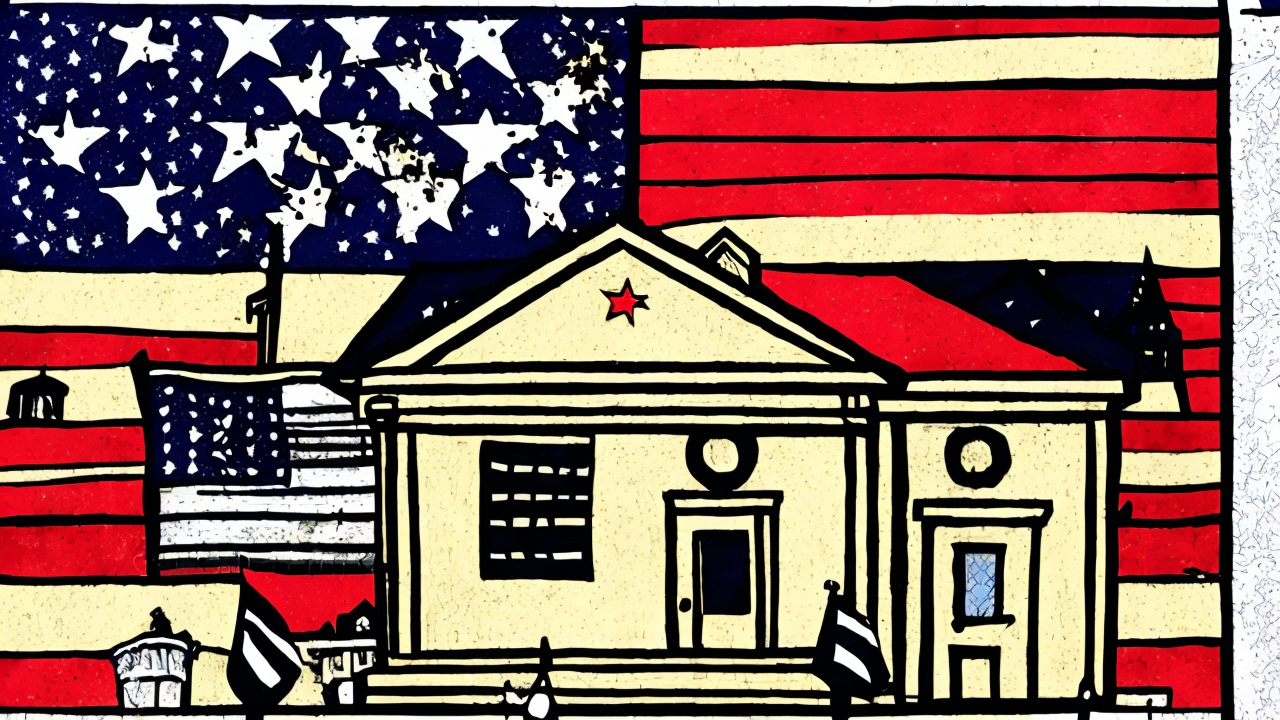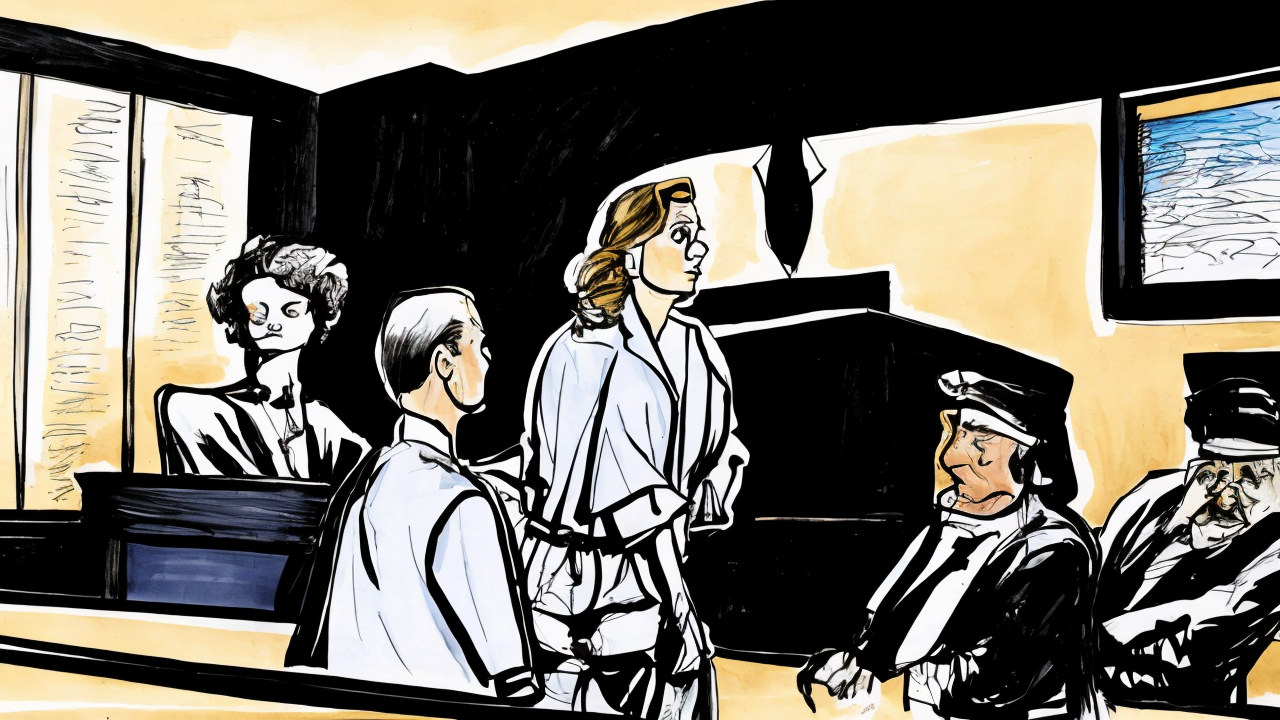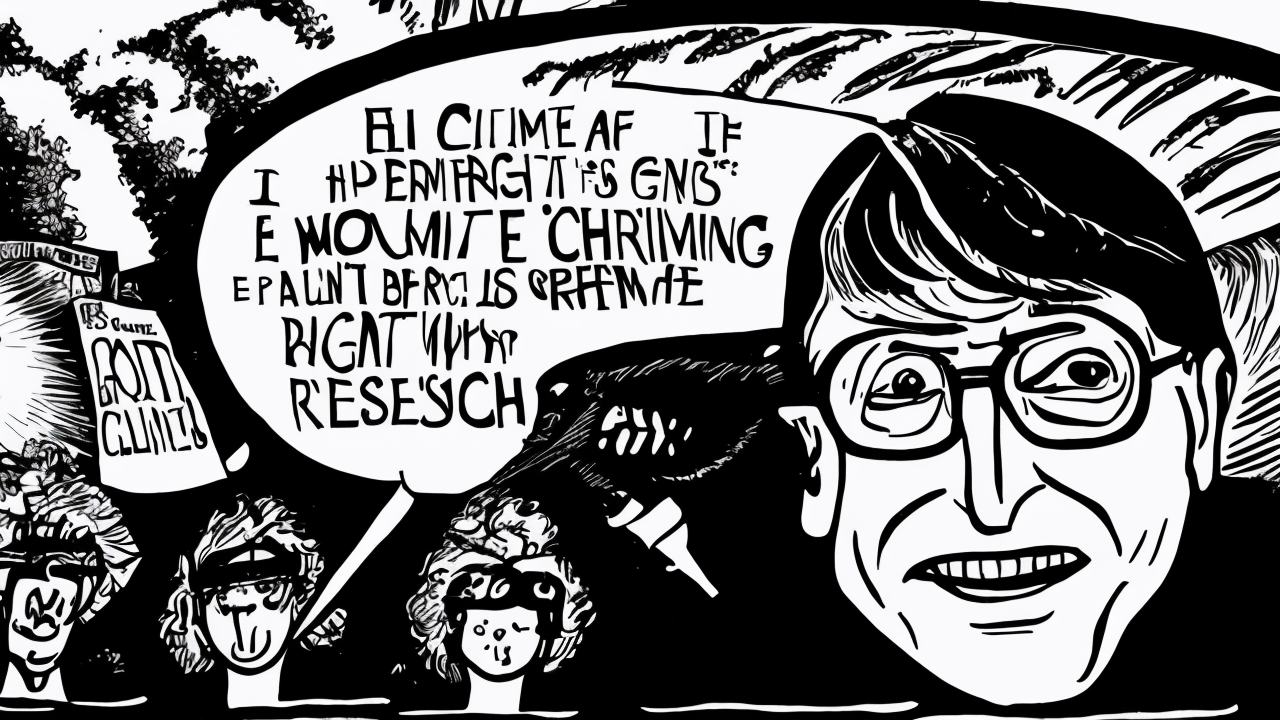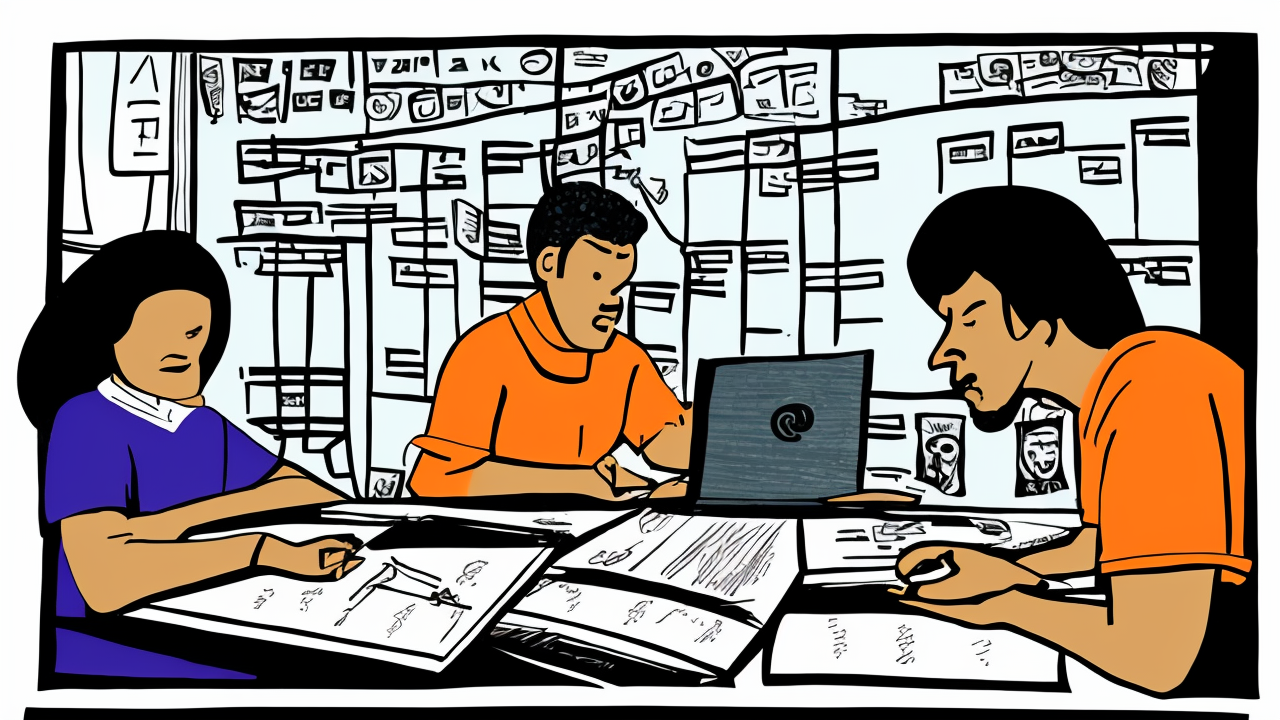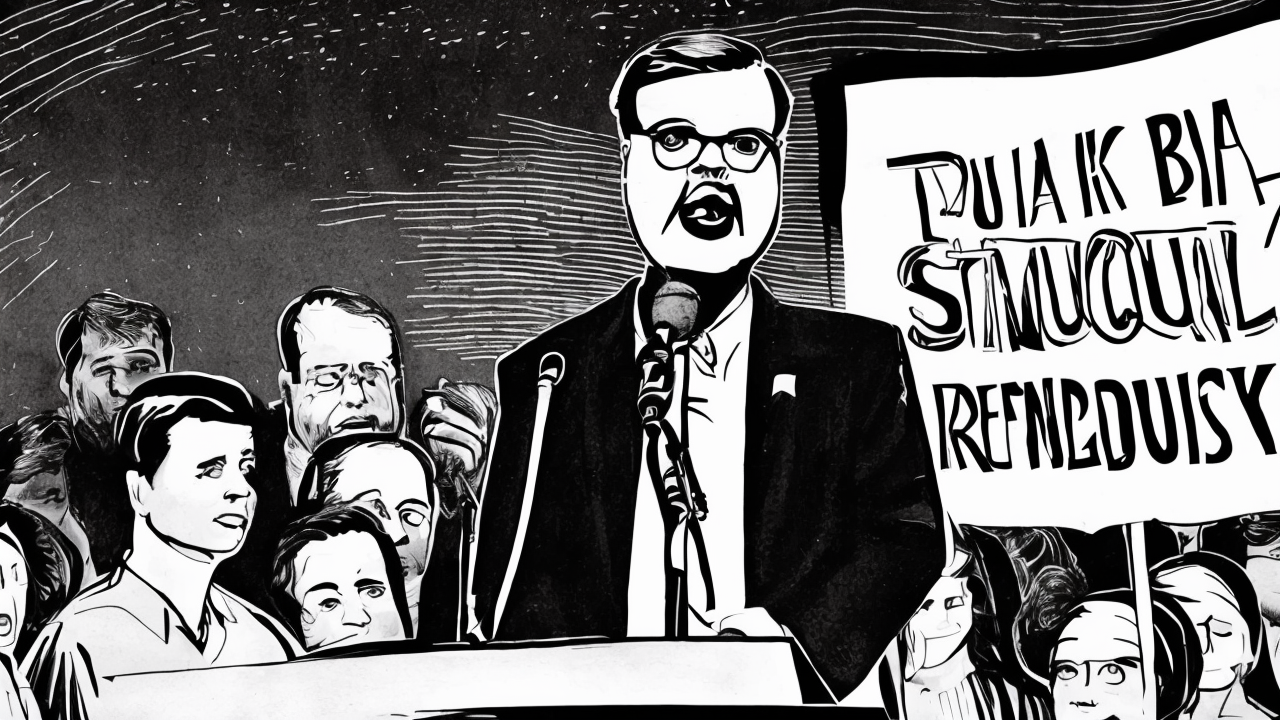Catastrophic Storm Devastates Remote Alaskan Villages
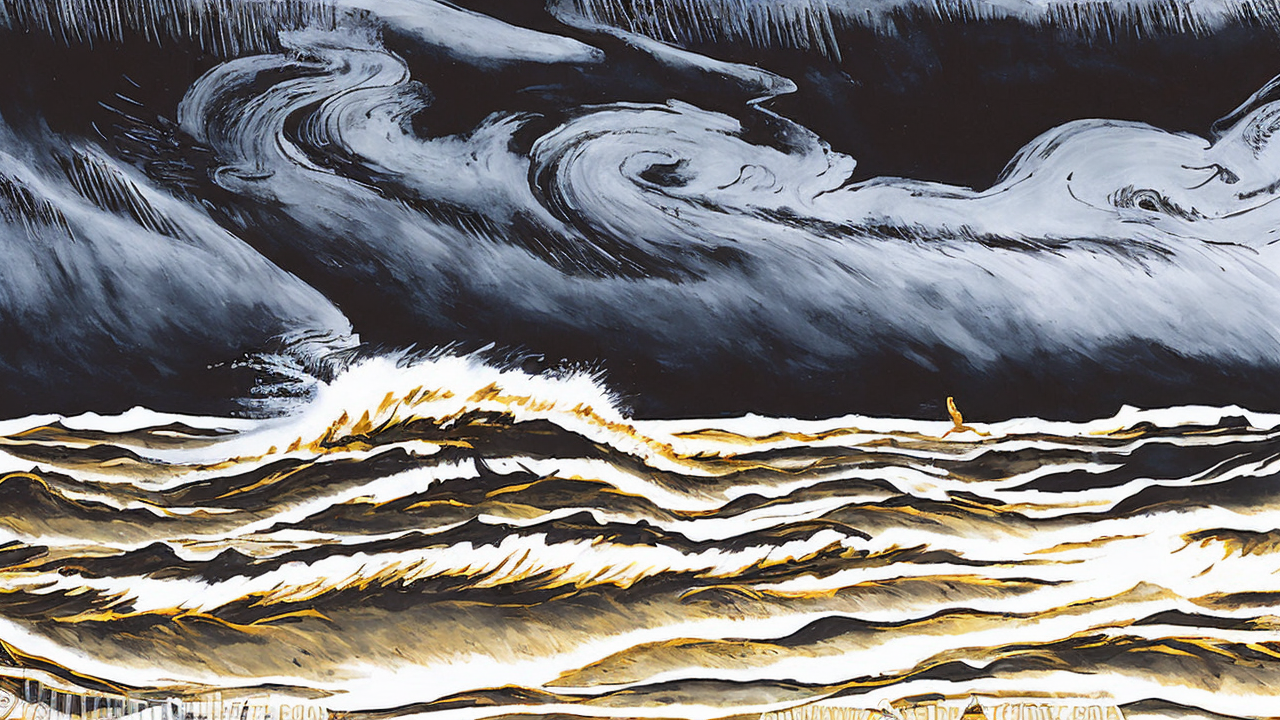
In the autumn of 2025, a powerful storm swept across the Yukon-Kuskokwim Delta, leaving devastation in its wake. What remained of Typhoon Halong brought winds near 100 miles per hour and a surging tide that overwhelmed the fragile coastline of two remote Yup’ik villages—Kipnuk and Kwigillingok. Over several days, floodwaters surged through homes, eroding shorelines by as much as sixty feet and exposing the once-hidden permafrost beneath. Nearly every residence in both villages sustained serious damage, with many completely destroyed. Residents, many of whom had lived in these communities for generations, were forced to flee their ancestral homes.
The storm’s impact was not just physical—it was deeply personal. Tribal leaders reported power outages, broken communication lines, and the tragic loss of life. One fatality was confirmed in Kwigillingok, with two others still unaccounted for. The trauma of displacement, especially during the onset of winter, weighed heavily on families already accustomed to hardship. Evacuees were flown to Bethel and then to Anchorage, where shelters were quickly organized at the Alaska Airlines Egan Center and other public facilities.
In response, the state activated its highest emergency protocols. More than one hundred members of the Alaska Organized Militia were deployed. Military helicopters and a C-17 Globemaster were called in to transport supplies and personnel. This coordinated effort underscored the importance of readiness and the value of a unified response when disaster strikes. Yet, the scale of the damage revealed a deeper truth: remote communities in Alaska face unique challenges that demand more than just emergency aid.
Unlike the lower 48 states, where roads connect towns and cities, these villages exist in isolation. There are no highways, no nearby grocery stores, no easy access to medical care. When disaster strikes, help cannot simply arrive by car. It must be flown in, often at great cost and risk. The lack of infrastructure is not a minor inconvenience—it is a matter of survival. As climate patterns shift and sea levels rise, the threat to these communities grows more urgent.
This storm is not an isolated event. It is part of a larger pattern that reflects the changing conditions of the Arctic. But while climate change is often framed as a political issue, the reality for these villagers is one of enduring faith, resilience, and self-reliance. Their strength has always been rooted in community, tradition, and stewardship of the land. These values remain essential today.
Moving forward, the path to recovery must be guided by practical solutions and long-term planning. Improving transportation networks—such as expanding airstrips and ensuring reliable fuel supplies—can make a difference in future emergencies. Investing in flood-resistant housing, built with local materials and designed for extreme weather, is not just prudent—it is a moral responsibility. These homes should be constructed with the input of elders and tribal leaders, preserving cultural integrity while enhancing safety.
Collaboration is key. State and federal agencies must work closely with tribal governments, not as distant authorities, but as partners. Decisions about rebuilding should reflect the needs and wisdom of those who live there. Accountability, transparency, and shared responsibility must guide every stage of recovery.
Winter is coming. The long nights, freezing temperatures, and isolation will test the resolve of every resident and every responder. But in this moment, there is also a chance to rebuild not just homes, but hope. With careful planning, strong leadership, and a commitment to enduring values—community, responsibility, and faith in God’s provision—these villages can stand firm.
The future of Alaska’s remote communities depends not on grand promises, but on steady action, mutual respect, and the enduring spirit of those who call this land home. The storm has passed, but the work ahead is lasting. And that work begins with preparation, unity, and the quiet strength of a people who have always known how to endure.
Published: 10/23/2025
